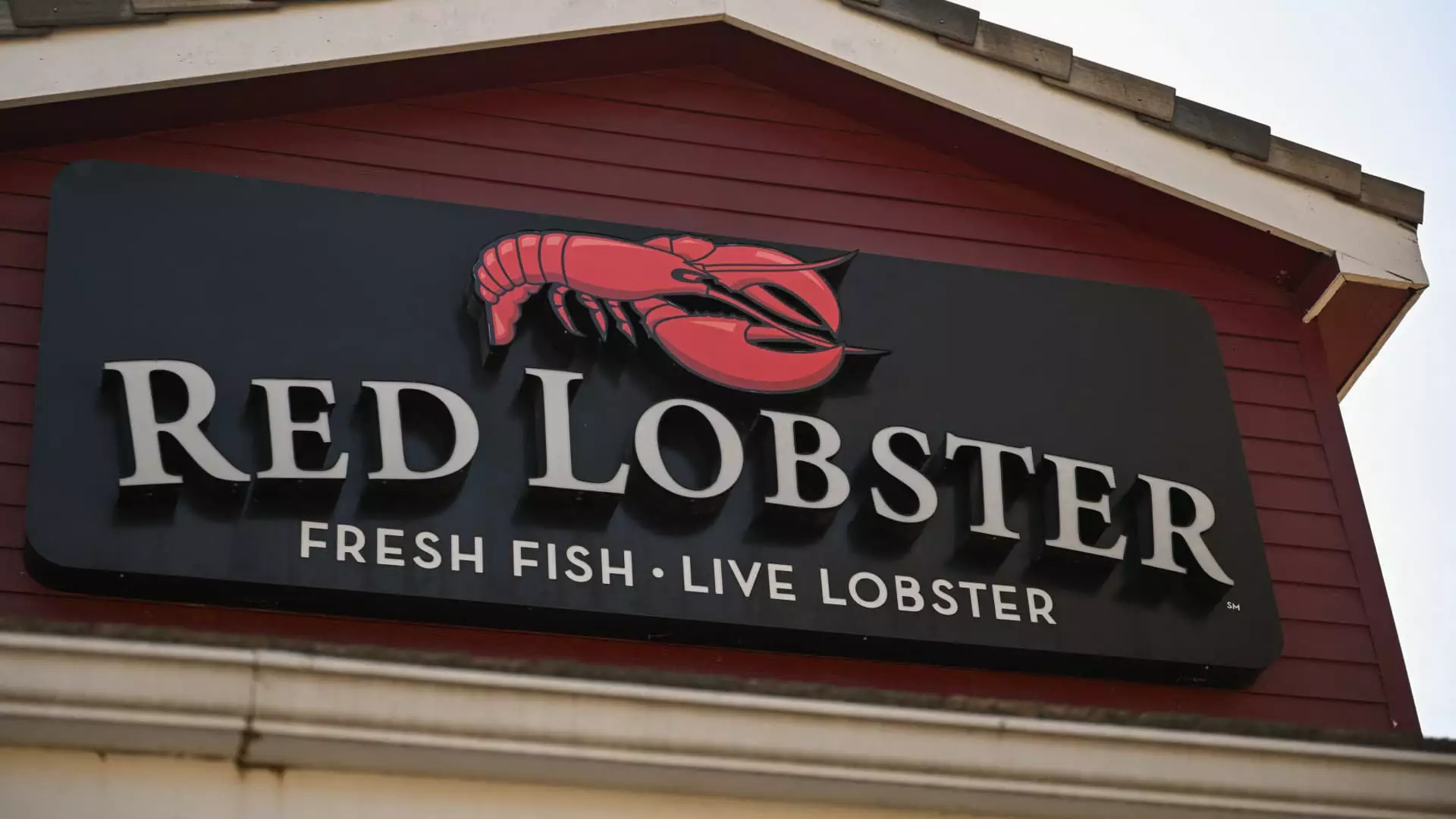In the midst of economic turmoil, the restaurant industry has been hit particularly hard. The year 2024 has seen a surge in bankruptcy filings among notable restaurant chains, signaling broader struggles within the corporate sector. With at least 10 restaurant chains seeking bankruptcy protection this year, the impact of the ongoing pandemic, rising labor costs, and diminishing government assistance is undeniable.
One of the primary factors driving the increase in restaurant bankruptcies is the decline in consumer spending. As diners become more cautious with their expenses, eateries have witnessed a reduction in foot traffic and overall sales. Additionally, the rise in labor costs has put significant pressure on restaurant operations, making it challenging for them to maintain profitability. The withdrawal of Covid-era government aid has further exacerbated the financial strain on these establishments.
Among the restaurant chains that have filed for bankruptcy protection this year, several notable names stand out. Buca di Beppo, a popular Italian American chain, found itself in financial distress due to escalating costs and labor challenges. The company’s restructuring efforts aim to keep 44 locations operational while navigating through bankruptcy proceedings.
Another well-known establishment, Rubio’s Restaurants, recognized the impact of rising food and utility costs, coupled with shifts in consumer behavior brought about by hybrid work arrangements. With the closure of underperforming restaurants in California and a subsequent sale agreement, Rubio’s is striving to stay afloat amidst turbulent economic conditions.
In the Midwest, Kuma Holdings, the parent company of Kuma’s Corner, had to seek bankruptcy protection as it grappled with financial difficulties. Established in 2005, the burger chain’s unique theme and menu offerings were not enough to shield it from the challenges of the current economic climate.
The surge in restaurant bankruptcies is not an isolated phenomenon, with other sectors also experiencing financial strain. Mall retailer Express, nursing home chain LaVie Care Centers, and craft store Joann Fabrics and Crafts are among the companies that have sought bankruptcy protection in 2024. The overarching economic challenges, including high interest rates, have contributed to a 49% increase in Chapter 11 filings across industries.
As the restaurant industry grapples with unprecedented challenges, the road to recovery remains uncertain. However, proactive measures such as restructuring, cost-cutting, and strategic partnerships can offer a glimmer of hope for struggling establishments. Adapting to changing consumer behavior and evolving market dynamics will be crucial for restaurants to rebuild their financial stability and emerge stronger in a post-pandemic world.
The rise in restaurant bankruptcies in 2024 underscores the profound impact of economic challenges on the foodservice sector. By addressing key issues such as declining consumer spending, escalating costs, and changing business models, restaurants can navigate through this turbulent period and pave the way for a more sustainable future.

